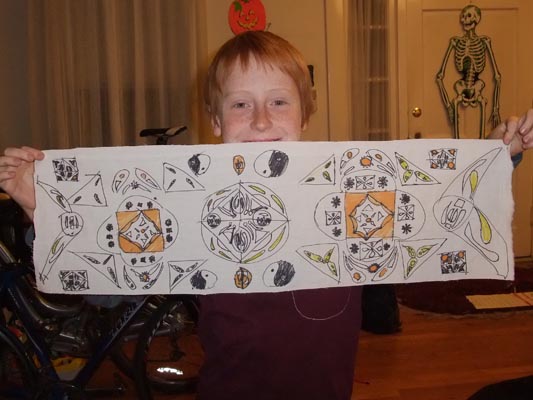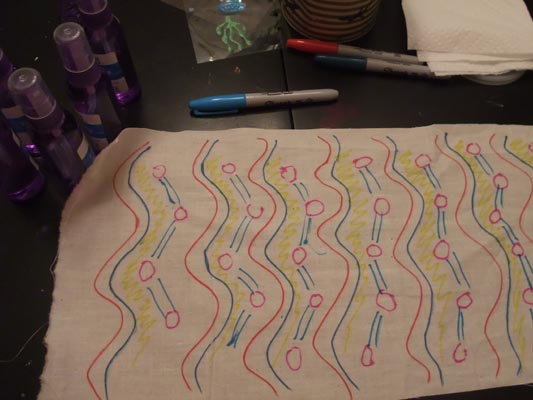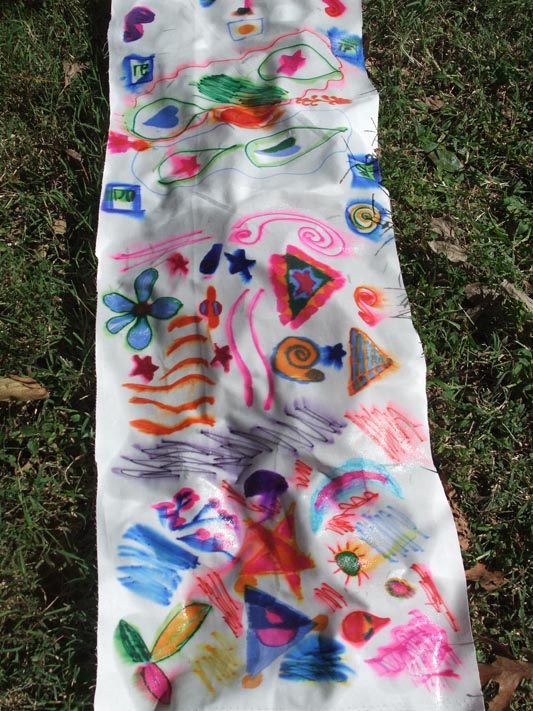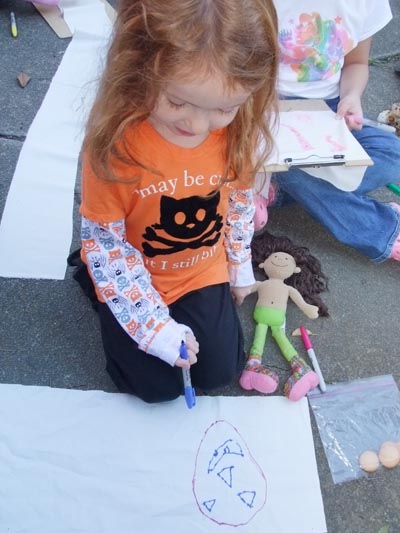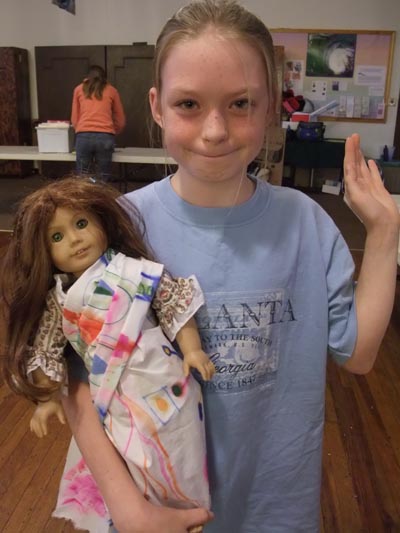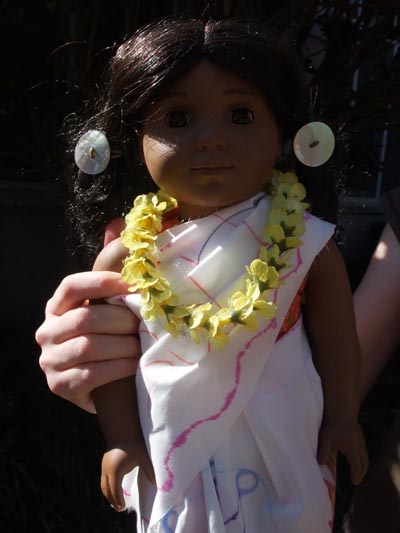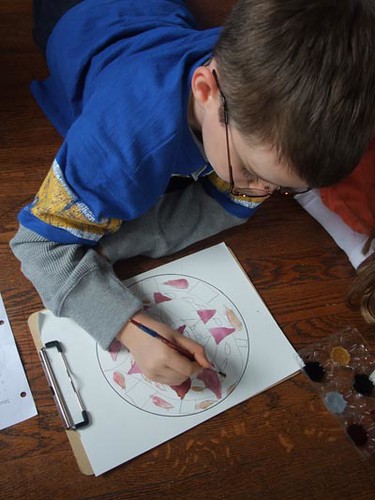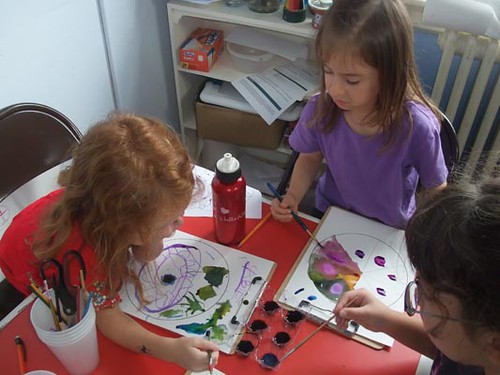
This is a class report for week 7 of my Latin class at Homeschool Out of the Box co-op. Our textbook is Latin for Children Level A from Classial Academic Press.
Meet and greet. I collected homework and we took the quiz. I speculated that maybe by week eleventeen the children might be accustomed to putting their names on things when they hand them in. I am holding onto that hope, anyway! Hehehe.
Songs. We sang our usual songs, with special emphasis on the second verse of "She Will Be Latin" which contains the second declension masculine verbs that we have been working on so diligently this week.
Translation: I gave the kids copies of Adeste Fideles. You'll notice that the English translation is below the Latin. We sang it in English, gave it a bash in Latin, and then we spent some time figuring out what the Latin words meant and how they corresponded with the English words. We got through the first verse, and the kids were AMAZING at doing this translation work. They were able to identify which words were nouns, which were verbs, and were able to work out the meanings of most of the words, either by using what they knew of Latin already, or by identifying the familiar roots, or by guessing. It was really fantastic. We're going to do the next verse next week.
Stamp: Today's stamp was the second declension noun, ludus, and most of the kids nailed it. A few need to review it. Things are starting to get pretty intense now that we have two different kids of nouns to work on, and our vocabularies are expanding each week. Latin for Children has published a set of supplemental activities -- quizzes, tests, worksheets, etc. that you can find here: Latin worksheets. It's a PDF. I suggest using those in conjunction with the workbooks to help the kids really nail this material.
Hot Seat: From the time they entered the room I was hearing clamors for "Hot Seat" so we played it! Several people were incinerated by the relentless flames of the hot seat, and several people managed to survive and get new hot seat stickers on their folders. Very exciting game. Much laughing. I'm impressed by the bravery of these kids -- they are all willing to take the hot seat every week, even though they are not wearing flame-resistant pants.
Homework: Moving on to Chapter 7! Please do all activities in the workbook and activity book and be ready to take the quiz. If you want to look over the Adeste Fideles sheet and the Aeneid sheet and try picking out some words they know, that would be awesome. Be very very positive over whatever they identify and translate. I am likening it to knowing a secret code; they seem to like that.


